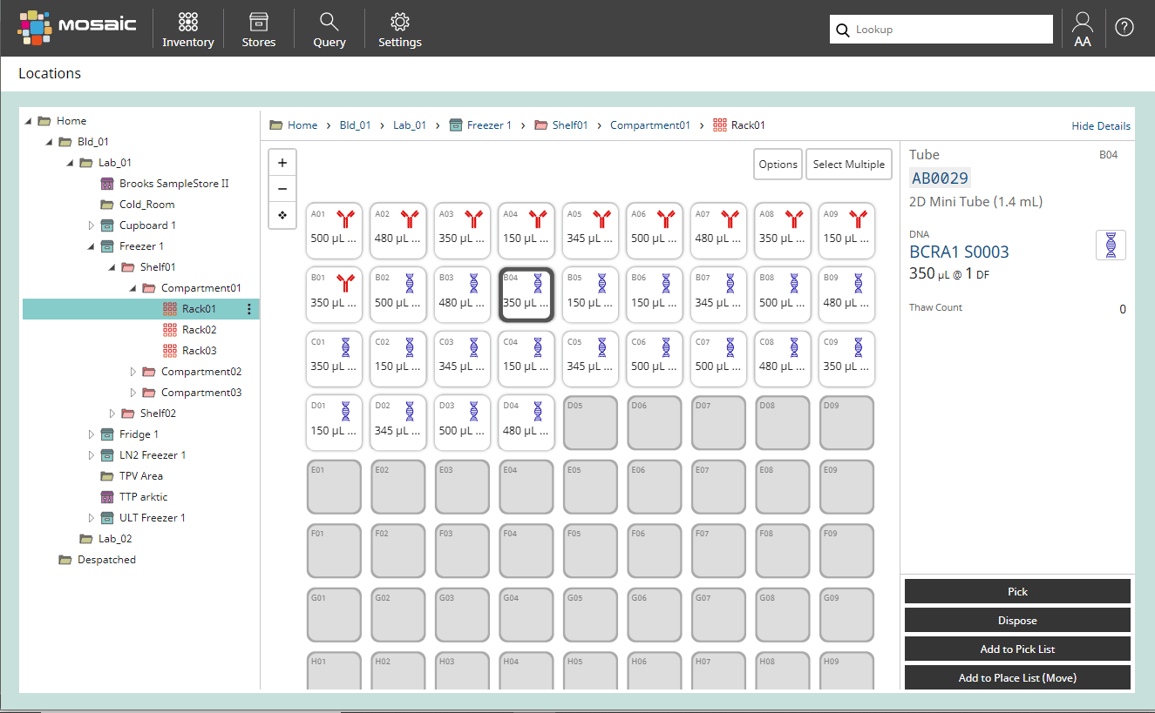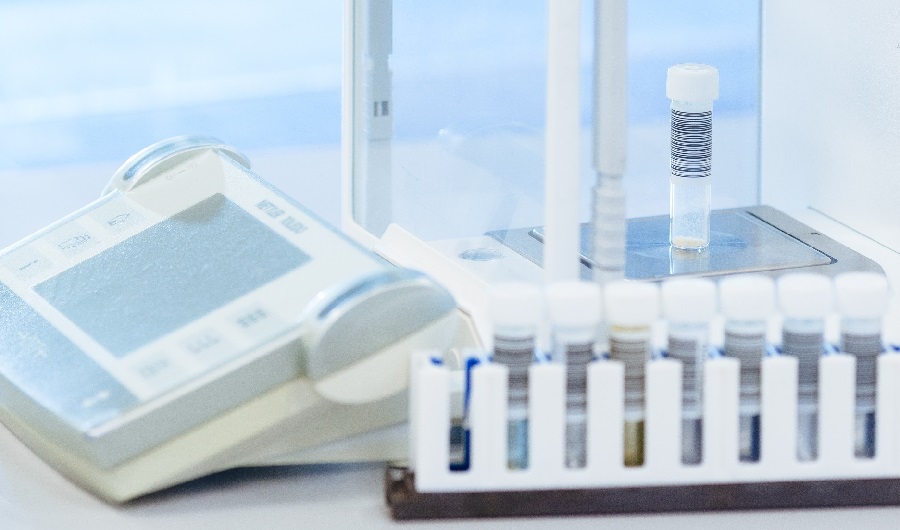When it comes to lab information and lab management software, there are four best of breed systems that work together as a LIMS so that the information required can be expertly managed anywhere in the drug discovery cycle. Learn more here.
These systems would be:

For drug discovery, we suggest that all the following processes fall under the remit of a LIMS, but that each usually requires its own specialist software:
This white paper reviews the challenges and best practice for managing samples in your lab, and discusses where sample management software, such as Titian’s Mosaic, can bring you savings.
Read the guideManaging lab automation, IT requirements and data flows is a challenge. The laboratory manager may well know what they need to simplify their processes, but the IT manager has an important say too — to ensure that any software solution is suitable for the local infrastructure, as well as meeting information security and compliance standards.
LIMS software can be a great way to meet the needs of both IT and the lab manager - but there are things to consider.
Here are six things that an IT manager would care about that should also be a concern for the lab manager:
Our blog, 6 ways to meet the needs of the lab manager and IT manager with LIMS software, breaks down the different concerns and considerations that IT and lab managers might have when it comes to lab management software and LIMS. Read it here.
Mosaic is the leading sample management software solution for life science laboratories. Trusted by a worldwide customer base from small biotech to global pharma, Mosaic tracks and manages every step of the sample lifecycle.
Find out more hereMany people would argue that calculating the economic benefits of technology hasn’t got any easier, but below are 2 areas to consider for sample management or LIMS software:
